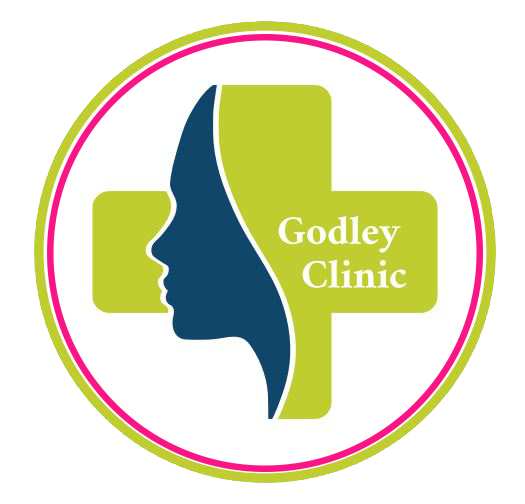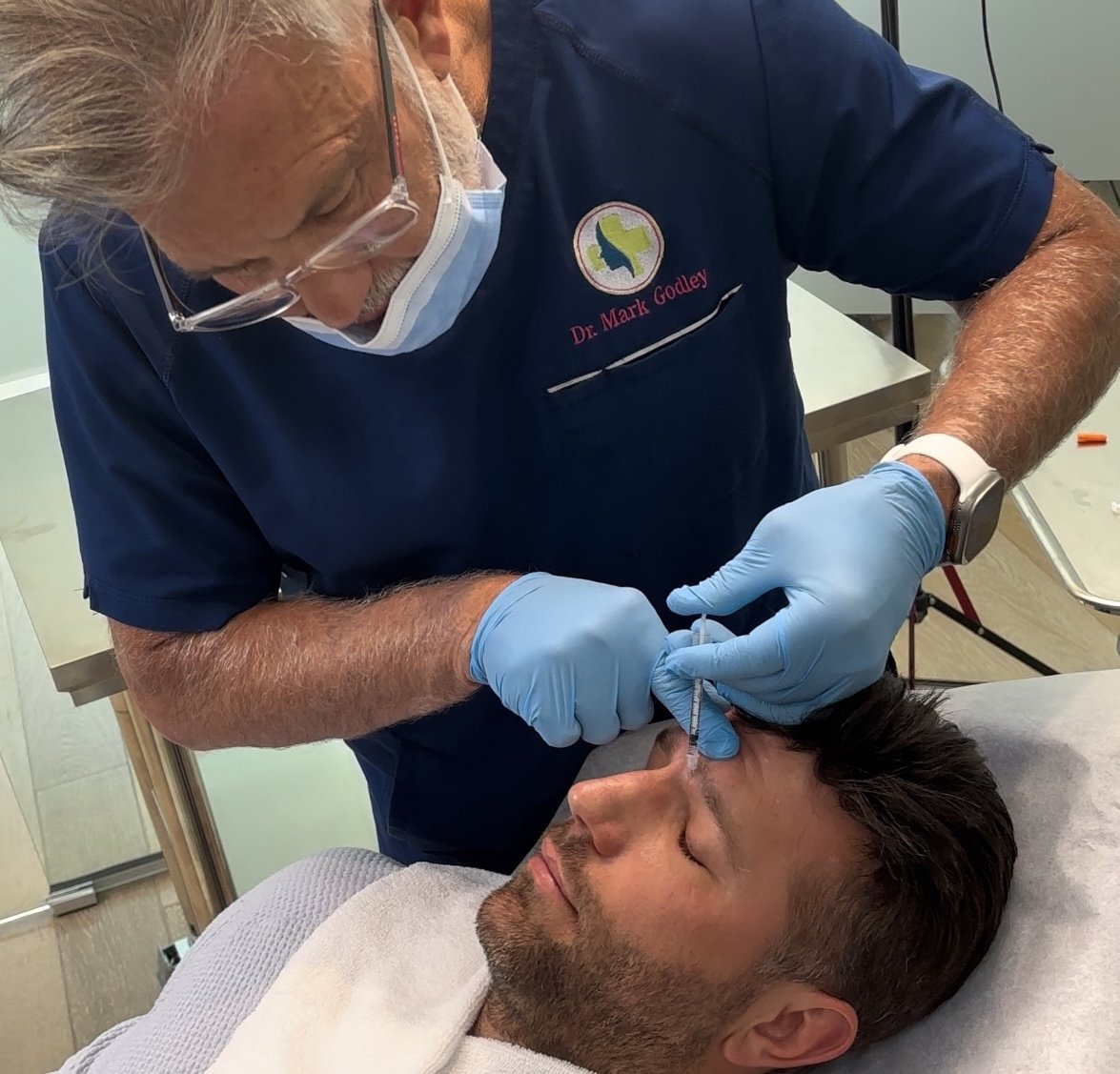What Botox Was First Used For (Hint: Not Wrinkles)
Botox is best known for softening lines, but its story started in medicine. Long before it became a household name in aesthetics, Botox was helping patients manage a range of conditions. Today, it remains an important treatment for several concerns well beyond facial rejuvenation.
At Godley Clinic, with locations in Abbotsford and Vancouver, we specialize in Botox for aesthetic and regenerative purposes. Still, it’s worth knowing that this treatment has a long track record in healthcare. Here are the approved medical uses of Botox in Canada.
Chronic Migraines
For people who suffer from chronic migraines, Botox can offer significant relief. It’s approved for patients who experience headaches 15 or more days each month. Botox is injected into specific muscles of the head and neck, helping reduce the frequency and severity of migraines.
Botox for TMJ
TMJ Botox is often used to ease jaw pain, tension, and teeth grinding. By relaxing overactive jaw muscles, it can reduce discomfort and protect against further strain. Dr. Godley takes a careful, conservative approach. Why is this important? Inexperienced injectors can use too much product, which can weaken muscles, cause changes like jowling, or even paralyze the smile muscles, leading to a lopsided smile. With his experience, Dr. Godley focuses on precision, safety, and long term relief.
📌 Important to note: This patient’s masseter muscles were abnormally enlarged due to the severity of her TMJ case, which is why her results look so dramatic. For most patients, changes become noticeable gradually, often around 3–4 weeks.
Botox for Sweating (Hyperhidrosis)
Botox is also approved to treat hyperhidrosis, a condition where sweat glands are overactive. By blocking the chemical signals that trigger sweating, Botox helps reduce excessive perspiration in areas like the underarms, hands, and feet.
Botox for Neck Spasms (Cervical Dystonia)
Cervical dystonia is a painful condition where the neck muscles contract involuntarily, causing abnormal head positions or movements. Botox injections can relax these muscles and ease discomfort, making everyday activities more manageable.
Botox for Eye Conditions
In fact, Botox’s very first medical use was in ophthalmology. It was developed to treat strabismus (crossed eyes) and blepharospasm (involuntary eyelid twitching). These applications remain approved today and are still used in eye care.
Dr. Godley’s Perspective
“When I see a patient with migraines or hyperhidrosis respond to Botox, I’m reminded that health and aesthetics overlap more than people think. It’s not just about looking better—it’s about restoring comfort and confidence, which is just as important.”
Frequently Asked Questions About Medical Botox
Is medical Botox different from cosmetic Botox?
No. The product itself is the same. The difference lies in how it’s used. In medical treatments, Botox is injected into muscles or glands that are overactive or causing symptoms. In cosmetic treatments, the goal is to soften facial lines by relaxing targeted muscles.
Is Botox safe for medical use?
Yes. Botox has been studied for decades and is approved by Health Canada for multiple therapeutic conditions. When administered by a licensed medical professional, it is considered safe and effective.
Do medical Botox treatments last as long as cosmetic ones?
In most cases, yes. Medical Botox typically lasts about three to four months, though the exact duration can vary depending on the condition being treated and the individual’s response.
Will medical Botox affect my appearance?
When Botox is used for medical purposes, the goal is symptom relief rather than cosmetic change. For example, patients treated for migraines or hyperhidrosis usually do not notice changes in their facial appearance.
Botox in Abbotsford and Vancouver
At Godley Clinic in Abbotsford and Vancouver, our focus is on Botox for aesthetic and regenerative medicine. But it’s important to recognize that Botox is more than a cosmetic treatment. Approved for multiple therapeutic conditions in Canada, Botox has a proven medical role with decades of safe use.
Would you like to learn more about how Botox fits into a full approach to skin health and well-being? Book your consultation today.




